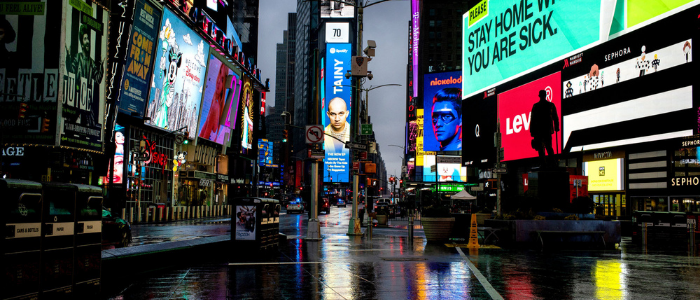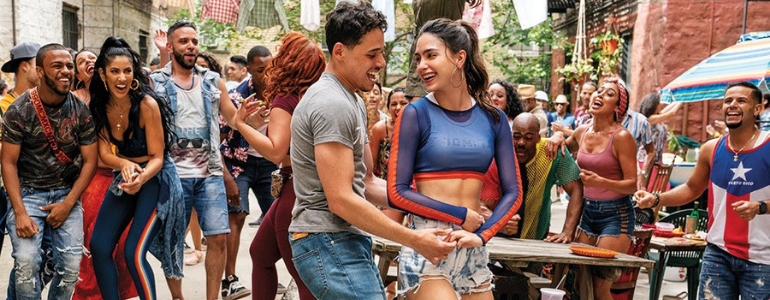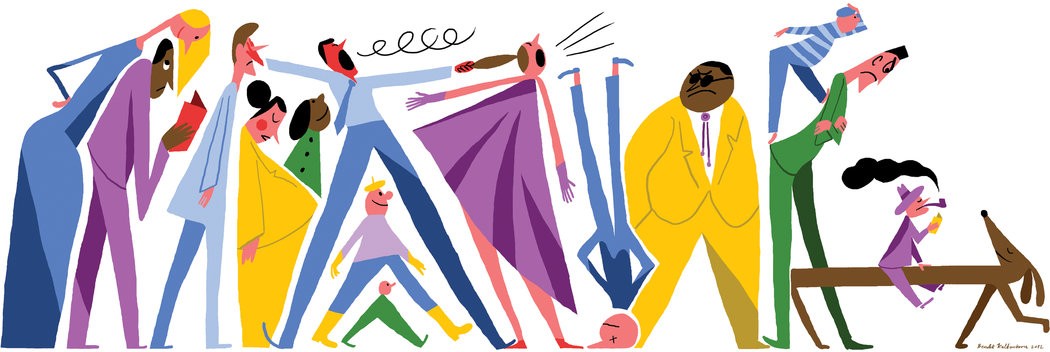5 Things I learned about South American theater.
For those of you who follow me on Twitter, you know that I took a trip way south of the border last weekend to South America. I stopped in Santiago, Chile and Buenos Aires, Argentina to see productions of My First Time.
One of the coolest things about getting to travel to see these productions (besides seeing how each culture tackles this sensitive subject – and yes, there was full-on nudity in the Buenos Aires version of My First Time), is that I’m able to learn a little bit about how each corner of the world tackles theater production.
There are a few things that every country has in common:
- Producing theater is expensive.
- It’s hard to get the young audiences to come to the theater.
- Actors are exactly the same, no matter where you are. 🙂 (And I mean that in the best way possible, I really do).
Here are five things I learned that are more specific to South American theater.
1. Shows start late.
They eat dinner later then we do in South America, and they sure as churros start their shows later, too. Most shows start at 9 or 9:30 PM. And on 2 show days? Expect that second one to start between 11:30 PM and midnight! Afternoon matinees are rare.
2. I saw advertising before I saw my show.
My host and I sneaked into a theater that was showing a Vegas-style Argentinean revue (with more full-on nudity), and right before the show started, about 5 ads played on a giant screen on the stage . . . just like at a movie! While I was assured this was not the norm at all the theaters, I did notice a lot of in-theater advertising (liquor promotions…etc.). You don’t see any of that in our theaters . . . mostly due to the contracts the theater owners have with Playbill, which prevents advertising anything other than what is in Playbill’s pages.
3. Don’t want to pay rent? Pay a percentage.
Flat rents for the performance spaces in Chile are unheard of. Instead of paying a base rent and a small percentage, Producers get the space for free and then pay the owners 40% of the box office and keep 60% for themselves. In Argentina, you have a choice between a flat rent and a percentage (which most producers opt for) which was closer to 70/30. These percentage deals are why so many “Off-Broadway” shows are able to be produced in Buenos Aires and in Santiago.
Perhaps our theaters here could provide this option rather than sit empty?
4. Sponsors are everywhere.
This isn’t new. Sponsors are a key part of commercial theater production in every other city around the world, except New York City. But you know what was new? American companies were sponsoring these shows in South America! I saw 7-Up sponsoring an Off-Broadway venue. Citibank paid for the naming rights to one theater and was a sponsor of several other shows. Hey guys in ties . . . uh . . . have you tried looking in your own backyard if you want to sponsor theater?
5. Why do 8 shows?
The standard number of performances for a big show down yonder averages about 6. They don’t have the audiences for 8, so they don’t do 8. Some do 5. Some do 6. They shake it up depending upon demand. Funny, isn’t it? A country that has had one of the most fragile economies in the world, knows more about supply and demand than we do.
In addition to learning a lot about the theater in South America, I managed to squeeze in some sightseeing as well. Can anyone name the building in the pic in this blog that has musical historical significance?
Podcasting
Ken created one of the first Broadway podcasts, recording over 250 episodes over 7 years. It features interviews with A-listers in the theater about how they “made it”, including 2 Pulitzer Prize Winners, 7 Academy Award Winners and 76 Tony Award winners. Notable guests include Pasek & Paul, Kenny Leon, Lynn Ahrens and more.















